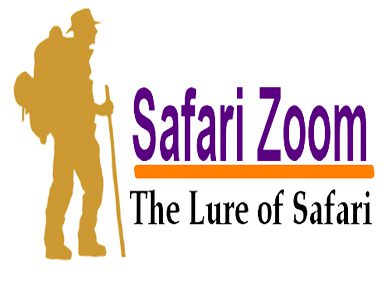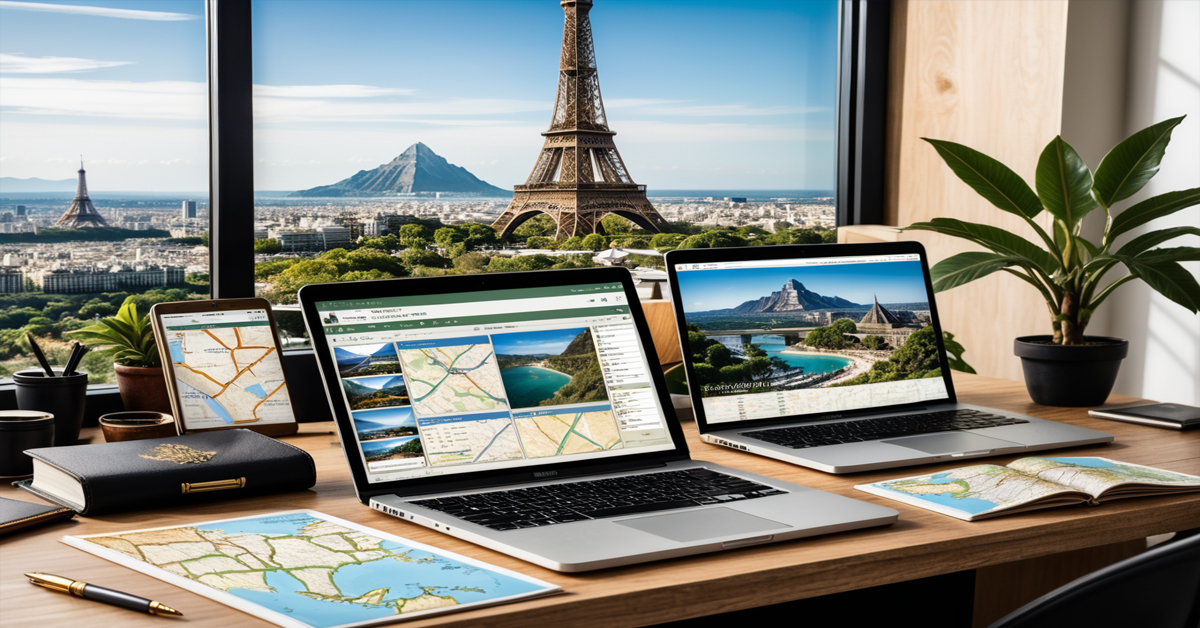The Art of Itinerary Creation: A Trip Designer’s Guide
Creating an engaging and practical travel itinerary is both an art and a science. As trip designers, we understand that the key to a memorable journey lies in meticulous planning, attention to detail, and a deep understanding of our clients’ preferences. This guide aims to equip you with the tools and insights needed to excel in the world of trip designing.
Understanding Your Client’s Needs
To create an effective itinerary, it’s crucial to understand your client’s preferences and requirements. Start with a detailed consultation to gather information about their travel goals, interests, budget, and any specific requests. Here are some key points to consider:
- Travel Goals: Are they looking for adventure, relaxation, cultural experiences, or a mix of everything?
- Budget: Establish a clear budget to guide your planning process.
- Interests: Identify specific interests such as historical sites, culinary experiences, outdoor activities, or luxury accommodations.
- Special Requirements: Consider any dietary restrictions, mobility issues, or other special needs.
Researching Destinations Thoroughly
Thorough research is the foundation of a well-crafted itinerary. Stay updated with the latest travel trends, local events, and attractions. Use a combination of online resources, travel blogs, guidebooks, and local contacts to gather comprehensive information. Key aspects to research include:
Top Attractions: Identify must-see landmarks and hidden gems.
- Local Culture: Understand the local customs, festivals, and cultural norms.
- Accommodation Options: Find the best accommodations that fit your client’s preferences and budget.
- Transportation: Explore the most convenient and efficient modes of transportation.
- Safety and Health: Stay informed about travel advisories, health precautions, and safety tips.
Crafting a Balanced Itinerary
An effective itinerary strikes a balance between structured plans and flexibility. Here are some tips to achieve this balance:
- Prioritize Key Activities: Identify the main highlights and schedule them during the best times of the day.
- Allow for Downtime: Ensure there are periods for relaxation and spontaneous exploration.
- Flexibility: Include buffer times to accommodate unexpected changes or delays.
- Local Experiences: Include authentic local experiences in your itineraries. Suggest local markets, festivals, and off-the-beaten-path attractions. These unique experiences make trips memorable and culturally enriching.
Detailing Daily Schedules
Create a detailed daily schedule that outlines the activities, locations, and timings. Be sure to:
- Be Specific: Include precise details about timings, addresses, and contact information.
- Optimize Routes: Plan activities to minimize travel time and maximize enjoyment.
- Meal Planning: Suggest dining options and make reservations if necessary.
- Backup Plans: You need to have alternative options in case of unforeseen circumstances.
Leveraging Technology
Utilize technology to enhance your itinerary creation process. There are several tools and apps available that can streamline your planning and provide valuable insights:
- Travel Planning Apps: Tools like TripIt, Roadtrippers, and Sygic Travel can help organize your itinerary.
- Mapping Tools: Use Google Maps or similar tools to plan routes and estimate travel times.
- Communication Platforms: Use platforms like WhatsApp, Slack, or email to maintain clear communication with your clients.
- Collaboration Tools: Share and collaborate on itineraries using tools like Google Docs or Trello.
Ensuring Client Satisfaction
Client satisfaction is paramount in trip designing. Maintain regular communication with your clients to ensure their expectations are met:
- Pre-Trip Briefing: Provide a detailed briefing before the trip to address any questions or concerns.
- Real-Time Support: Offer support during the trip to handle any issues that may arise.
- Feedback: Collect feedback after the trip to understand what worked well and where improvements can be made.
Staying Updated with Trends and Innovations
The travel industry is constantly evolving. Stay updated with the latest trends, innovations, and best practices:
- Sustainable Travel: Incorporate eco-friendly options and practices.
- Luxury and Niche Markets: Explore opportunities in luxury travel, adventure tourism, wellness retreats, and more.
- Technology Advancements: Keep abreast of technological advancements that can enhance your services.
Networking and Building Relationships
Networking is vital in the travel industry. Build and maintain relationships with local vendors, tour operators, and other travel professionals:
- Local Contacts: Establish connections with local guides, hoteliers, and service providers.
- Industry Events: Attend travel expos, workshops, and seminars to network and learn.
- Online Communities: Join online forums and social media groups related to travel and trip designing.
Marketing Your Services
Effective marketing is crucial to attract clients and grow your business. Implement a robust marketing strategy:
- Online Presence: Maintain an updated website and active social media profiles.
- Content Marketing: Create engaging content such as blog posts, travel guides, and videos.
- Client Testimonials: Showcase positive testimonials and reviews to build trust.
- Email Campaigns: Use email marketing to stay connected with past and potential clients.
Continuous Learning and Improvement
The journey to becoming a successful trip designer is ongoing. Commit to continuous learning and improvement:
- Professional Development: Pursue certifications and training programs in travel and tourism.
- Client Feedback: Regularly review client feedback to refine your services.
- Adaptability: Be adaptable and open to new ideas and approaches.
By following these comprehensive steps, you can master the art of itinerary creation and establish yourself as a successful trip designer. Providing personalized, well-researched, and meticulously planned itineraries will not only delight your clients but also set you apart in the competitive travel industry.




